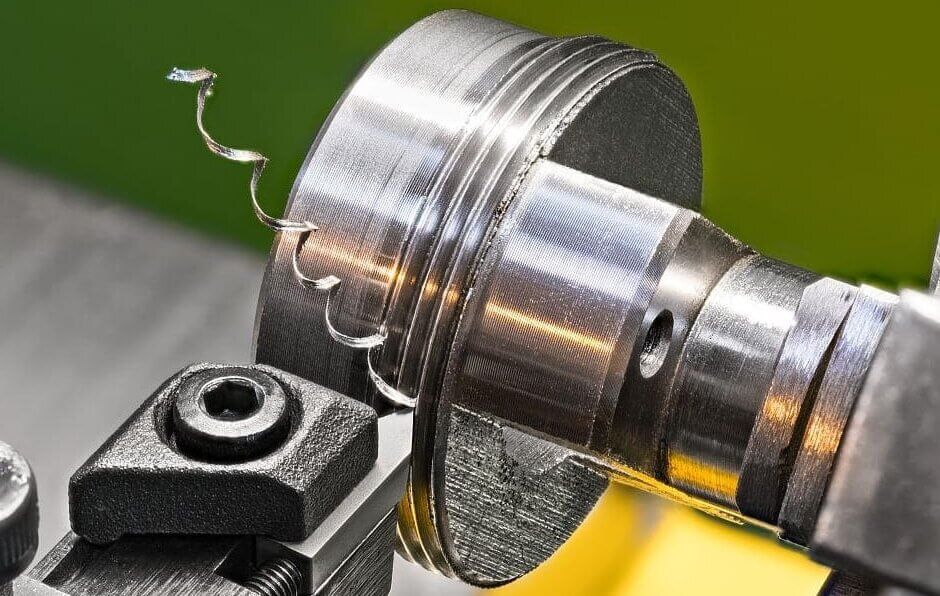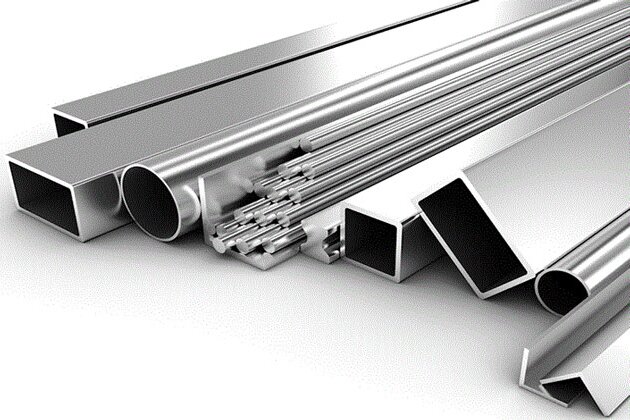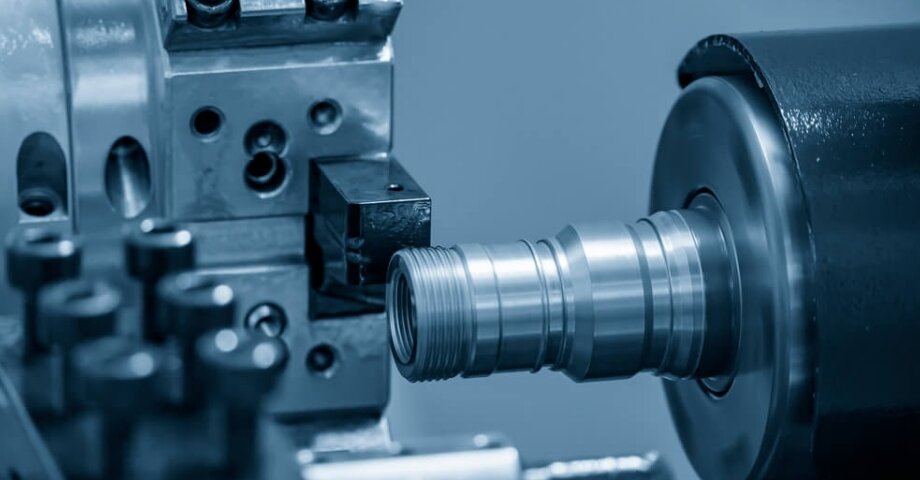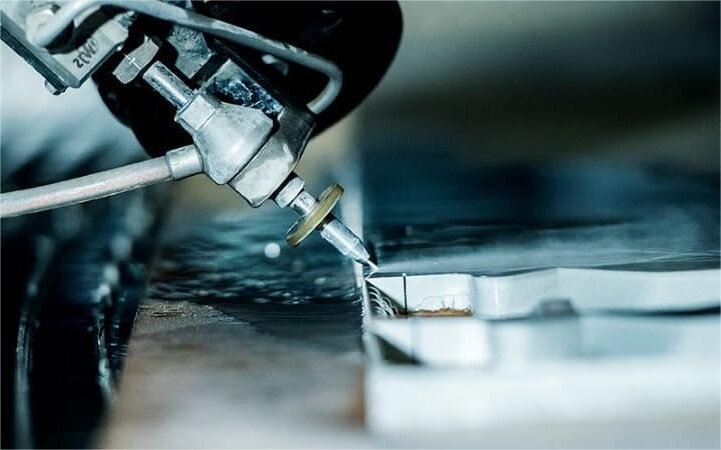Surface problems, like stubborn rust, paint, or uneven finishes, can slow down any project. Many people struggle to find a method that removes unwanted material while keeping the central part safe and undamaged. Aluminum oxide blasting is a trusted solution in many industries. It gives you the control needed for precise cleaning and preparation.
If you want to learn how to use aluminum oxide for sandblasting, you are in the right place. This guide explains key steps, tips, and safety points.
What is Sandblasting Aluminum Oxide?
Sandblasting aluminum oxide means using high-pressure air to shoot sharp aluminum oxide grains at a surface. These grains hit the surface and strip away rust, paint, or dirt. They also create a rough texture that helps paint or coatings stick better.
The process works well on metal, plastic, glass, and other materials. Aluminum oxide grains are hard and keep their shape, which makes them suitable for multiple uses. The grains come in different sizes. Finer grains create a smoother finish. Coarser grains remove material faster.
Sandblasting with aluminum oxide is fast, consistent, and easy to control. You can clean, roughen, or polish surfaces based on your grit size and pressure.
Why Choose Aluminum Oxide for Sandblasting?
Aluminum oxide is a popular blasting media because it’s strong, reliable, and gets the job done fast. Many shops prefer it because it gives a clean, even result and works across a wide range of materials.
Hardness and Durability
Aluminum oxide is tough. Its sharp edges stay sharp even after hitting the surface. This means you can use it again and again without losing cutting strength. It removes thick paint, rust, and buildup with ease. Since the particles don’t break apart quickly, they last longer.
Consistent Finish
Aluminum oxide gives a steady, predictable result. The way the grains break keeps them sharp, so the finish stays even across the surface. This makes it easy to control how rough or smooth the surface is.
Works on Many Materials
Aluminum oxide works on steel, stainless steel, aluminum, brass, glass, and even some plastics. It’s strong enough for hard surfaces, but still safe when used with the correct settings on softer ones.
High-Speed Efficiency
Aluminum oxide removes surface layers quickly. The sharp grains cut through coatings fast, so you spend less time on each part. The faster speed helps save labor and boosts productivity.
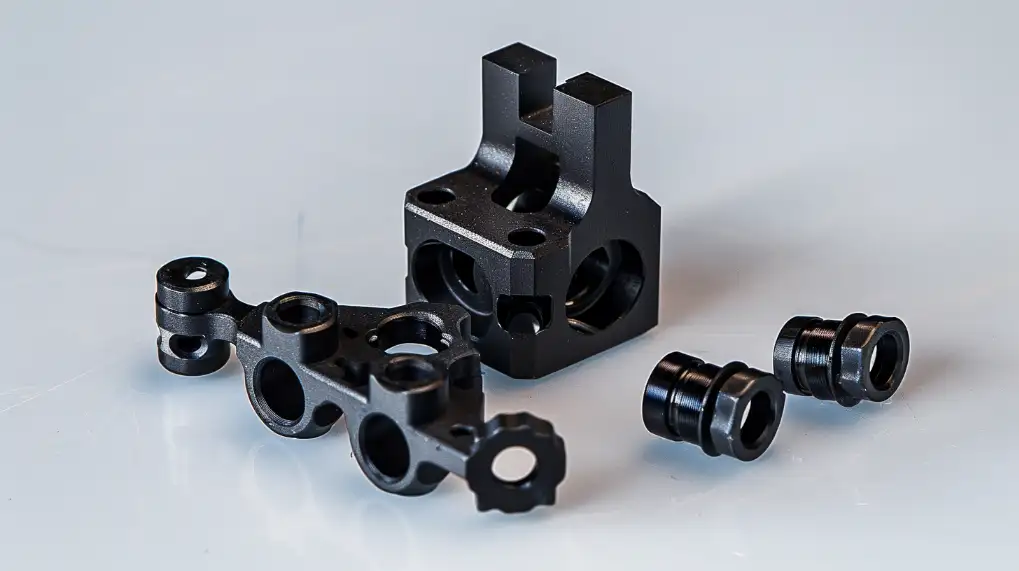
Key Components of a Sandblasting Setup
A basic sandblasting system includes:
- Air compressor: Supplies the high-pressure air needed to blast the abrasive.
- Blast pot (or pressure vessel): Holds the aluminum oxide grit and controls the flow into the air stream.
- Hoses: Carry the air and abrasive to the blast nozzle.
- Blast nozzle: Controls the stream of abrasive hitting the part.
- Protective gear: Includes a blast helmet, gloves, and clothing to protect the operator.
Optional parts can include a dust collector or vacuum system to keep the workspace clean. Each part of the setup must be working correctly to ensure consistent results.
Types of Aluminum Oxide for Sandblasting
Aluminum oxide comes in different types and grit sizes. Each has its use depending on the material and finish you need. Picking the right one helps you get the job done faster and more accurately.
Brown Aluminum Oxide
Brown aluminum oxide is the most common type used in sandblasting. It’s made from bauxite and has a high iron content, which gives it its brown color. It’s very tough and works well for removing rust, scale, and old coatings.
This type is excellent for heavy-duty jobs and general surface cleaning. It’s also reusable several times before breaking down, which saves money in high-volume operations.
White Aluminum Oxide
White aluminum oxide is purer and sharper than brown. It has almost no iron content, which makes it a better choice for non-ferrous metals, stainless steel, and delicate surfaces.
It cuts faster and produces a finer finish. It’s ideal for applications that require a clean, smooth surface, such as prepping for paint or powder coating.
Choosing the Right Grit Size
Grit size affects the surface texture and removal rate. Smaller numbers mean coarser grit, which removes material faster. Larger numbers are finer and create a smoother finish.
- Coarse grits (24–46): Good for stripping thick coatings or heavy rust.
- Medium grits (60–100): Best for general cleaning and surface prep.
- Fine grits (120+): Used for light finishing or polishing.
Match the grit size to the job. Using the wrong grit can either waste time or damage the part. Always test on a sample piece when possible.
How Sandblasting Works: Step-by-Step Process
Knowing each step helps you get a cleaner surface and avoid damage. Here’s how the process works from start to finish using aluminum oxide.
Step 1: Surface Preparation
Start by cleaning the part. Remove oil, grease, or loose dirt using a degreaser or solvent. This keeps the abrasive from sticking to the grime and losing cutting power.
Dry the part thoroughly before blasting. Any moisture can clog the abrasive or cause rust.
Step 2: Loading the Abrasive
Fill the blast pot with aluminum oxide. Make sure to use the correct grit size for your job. Do not overfill. Leave room for air movement inside the tank.
Double-check that the abrasive is dry and free from dust or debris.
Step 3: Setting the Blast Pressure
Set the compressor to the correct pressure. Low pressure (40–60 PSI) works for soft metals or fine work. Higher pressure (80–100+ PSI) removes rust or paint faster.
Adjust based on the material and desired surface texture. Always start low and increase if needed.
Step 4: Blasting Execution
Aim the nozzle at the part from 6 to 8 inches away. Move in smooth, overlapping strokes. Keep the nozzle at a slight angle, not straight on. This gives better control and reduces gouging.
Work in sections for an even surface. Don’t stay in one spot too long.
Step 5: Post-Blasting Cleanup
After blasting, blow off the part with clean, dry air. This removes leftover abrasive and dust. For detailed parts, use a soft brush or compressed air to clear crevices.
Collect and sift used aluminum oxide if you plan to reuse it.
Step 6: Final Surface Treatment
Once the surface is clean, inspect it. Look for a uniform texture. If needed, repeat blasting in uneven areas.
Apply coating, primer, or paint soon after blasting to prevent oxidation or contamination.
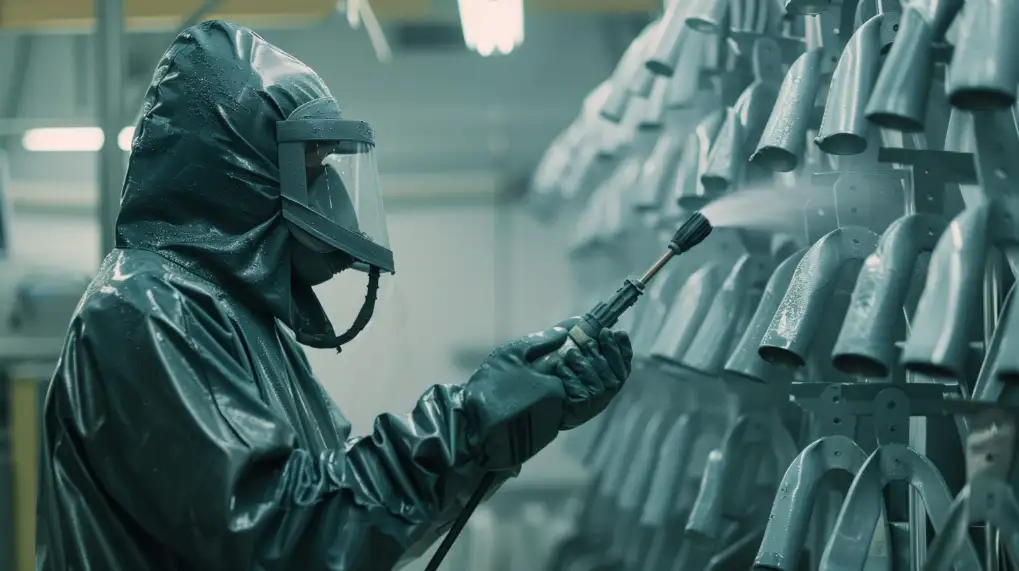
Best Practices for Sandblasting with Aluminum Oxide
To get consistent results and extend your abrasive life, follow these simple sandblasting habits. These tips help keep the process safe, efficient, and cost-effective.
Choose the Right Grit Size
Pick a grit size based on the job. Coarse grits (24–46) strip thick layers fast but leave a rough surface. Fine grits (120 and above) produce smooth finishes but remove less material.
Always test on scrap parts before starting a complete job. That helps avoid surface damage or wasted material.
Adjust Air Pressure Correctly
Match the air pressure to the material and grit. Lower pressure protects soft metals. Higher pressure speeds up work on hard surfaces.
Too much pressure can cause pitting or warping. Too little pressure slows the process. Start low, check the results, and increase only if needed.
Wear Proper Safety Gear
Sandblasting creates dust and flying particles. Always wear a blast helmet, gloves, long sleeves, and heavy boots. Use a full-face shield if a helmet is not available.
A respirator or dust mask is a must, especially when working indoors. Protect your lungs from airborne abrasives and dust.
Recycle the Abrasive
Aluminum oxide is reusable. After each job, collect used media, sift out dust and debris, and store them in a dry place.
Clean grit saves money and still works well for many passes. Replace it once the grains lose their sharp edges or turn to powder.
Common Applications of Aluminum Oxide Sandblasting
Aluminum oxide sandblasting is used across many fields because it works fast and delivers reliable results. Below are a few of the most common places where it’s applied.
Automotive and Aerospace Industries
In the automotive world, aluminum oxide is used to clean engine parts, frames, and wheels. It strips paint, rust, and grime without harming the base metal.
In aerospace, it helps prep turbine blades, landing gear, and structural parts. The grit provides a clean surface for coatings or bonding while keeping parts dimensionally stable.
Restoration and Surface Refinishing
Restoration shops use aluminum oxide to clean old tools, metal signs, hardware, and antique parts. It removes corrosion while keeping fine details intact.
It’s also ideal for refinishing parts before powder coating, painting, or welding. It gives the correct surface texture to help new layers stick well.
Industrial and Manufacturing Uses
Manufacturers use aluminum oxide to clean welds, prep surfaces for assembly, and remove scaling from metal forming processes. It’s common in tool-making, electronics, and metal packaging.
In short, whenever a clean, roughened, or restored surface is needed, aluminum oxide gets the job done fast and with repeatable quality.
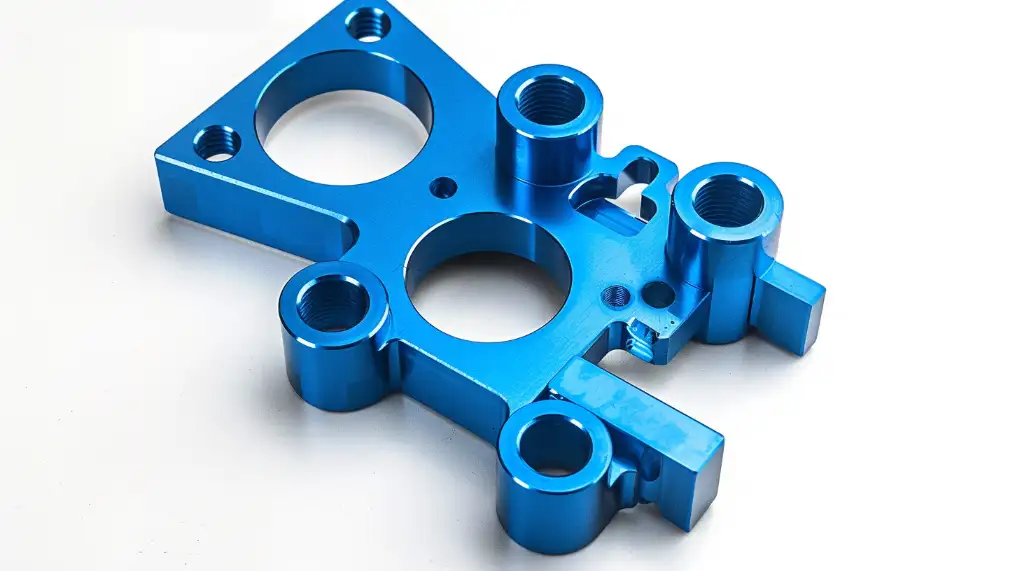
Safety Tips for Using Aluminum Oxide in Sandblasting
Aluminum oxide is safer than some older abrasives, but the process still comes with risks. Follow these safety practices to protect yourself and your team during every blasting session.
Handling Aluminum Oxide Safely
Store aluminum oxide in a sealed, dry container to keep out moisture. Wet media can clog the blast pot and reduce performance.
Use a scoop or funnel to load the abrasive into the blast pot. Avoid pouring directly from large bags, which can release a cloud of fine dust.
After use, sweep or vacuum the leftover grit. Don’t let it build up on floors, as it can become slippery and create hazards.
Ventilation and Dust Control
Always blast in a well-ventilated area or inside a blast cabinet with a dust collection system. Blasting produces fine dust that stays in the air and can be harmful if inhaled.
Install fans, filters, or vacuums to move dust away from the workspace. Avoid enclosed areas without airflow. Never work near open flames or sparks, as fine dust can be flammable in large amounts.
Personal Protective Equipment (PPE)
Wear a blast helmet with a fresh air supply if blasting in open areas. A standard dust mask or respirator is fine for light work in controlled settings.
Always wear gloves, long sleeves, and safety boots. Protect your eyes with goggles or a full-face shield, even when using a blast cabinet.
Change clothing after blasting. Fine dust can stick to fabric and carry into clean areas or vehicles. Proper gear keeps you safe and helps maintain clean air in the workspace.
Conclusion
Sandblasting with aluminum oxide is a fast and reliable way to clean, prep, or refinish surfaces. It works well on many materials, delivers a consistent finish, and cuts through rust, paint, and scale with ease. By choosing the right grit size, adjusting air pressure, and following safety steps, you can get high-quality results every time.
Need precision surface treatment for your next project? Reach out to our team to learn how aluminum oxide sandblasting can help improve your product finish and production speed.
Hey, I'm Kevin Lee

For the past 10 years, I’ve been immersed in various forms of sheet metal fabrication, sharing cool insights here from my experiences across diverse workshops.
Get in touch

Kevin Lee
I have over ten years of professional experience in sheet metal fabrication, specializing in laser cutting, bending, welding, and surface treatment techniques. As the Technical Director at Shengen, I am committed to solving complex manufacturing challenges and driving innovation and quality in each project.

